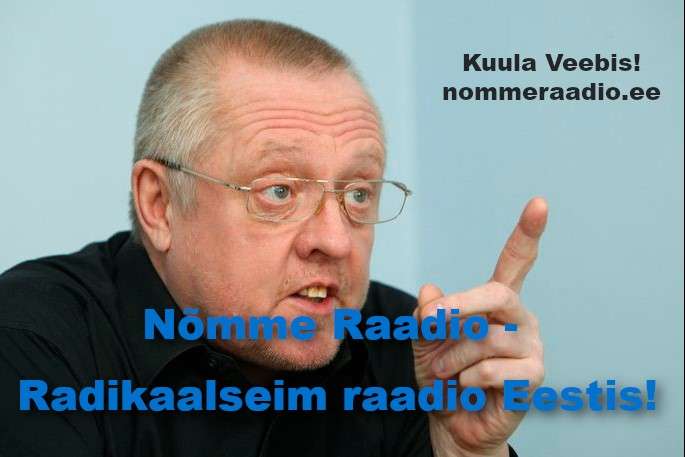President Putin cryptically answered as follows when asked on Thursday about his country’s response to the West letting Ukraine use its weapons to strike targets inside of Russia’s universally recognized borders: “If someone deems it possible to supply such weapons to the war zone, to strike our territory… why shouldn’t we supply similar weapons to those regions of the world, where they will be used against sensitive sites of these countries? We can respond asymmetrically. We will give it a thought.”
The Axis of Resistance is the only force that has political will to strike sensitive Western sites. These Iranian-allied groups already attacked American bases in Syria, Iraq, and Jordan, the first of which were built without Damascus’ approval while the others assist with this illegal occupation. They’ve ramped up their strikes since the latest Israeli-Hamas war, sometimes eliciting an overwhelming response, but the US continues to stay put since withdrawing would hand the Axis of Resistance a major victory.
Therein lies the reason why Russia might seriously consider relying on its Iranian strategic partner to arm these groups in order to either force a humiliating American withdrawal from at least parts of West Asia, Syria in particular, or draw it into a major regional conflict right before the November elections. The public doesn’t have the appetite for another war in this part of the world, nor do they want to fund one anywhere near the tune that they’re funding Ukraine, plus the Pentagon has to replenish its stockpiles.
On top of that, Israel is struggling to attain its goals in Gaza, so it too isn’t prepared for another major regional conflict. At most, the self-professed Jewish State could carry out more airstrikes against the Axis of Resistance and maybe arm Ukraine with offensive weapons in response to Russia arming Syrian and Iraqi groups via Iran, especially if they funnel arms to Hezbollah. Israel is unlikely to risk full-fledged Iranian retaliation by crossing its red lines, however, so escalation risks would probably remain minimal.
The reason why Russia hasn’t already done this and is only “giving it a thought” right now in President Putin’s words is because this policy could lead to very adverse unintended consequences. He’s a consummate pragmatist and generally very cautious about making major moves, which he only undertakes after carefully studying every possible dimension of them, and even then, usually only at the last possible moment. Crimea, Syria, and the special operation are perfect examples of this approach.
While many would love to see Russia help Iran give the US a bloody nose in West Asia via the Axis of Resistance, the Kremlin is worried that this could lead to the US maximally “escalating to de-escalate” in Ukraine by ordering NATO troops to cross the Dnieper and threateningly approach Russia’s new borders. In that dangerous game of nuclear chicken, Moscow might resort to tactical nukes as a last resort out of self-defense, which could prompt a series of fast-moving events that ends in the apocalypse.
Additionally, while there’s poetic justice in Russia using Iran to chase the US out of West Asia just like the US used Ukraine to chase Russia out of the Black Sea (as some Westerners spin it at least), there’s always the chance that regional escalation risks spiral out of control due to Netanyahu being a loose cannon. He’s under domestic and international pressure like never before, and he might seriously consider “escalating to d-escalate” against Iran just like the US might against Russia (whether coordinated or not).
From his perspective, Russia relying on Iran to arm the Axis of Resistance with better weapons for striking the US’ regional bases could tilt the balance of power between Israel and Hezbollah, thus making the self-professed Jewish State more vulnerable than ever vis-à-vis its adversaries. Accordingly, just like the US might order NATO troops to cross the Dnieper and threateningly approach Russia’s new borders, Israel might threaten to cross Hezbollah’s red lines, both of which could lead to World War III.
Even if the US and Israel don’t overreact to Russia’s potentially arming the Axis of Resistance via Iran, some of these weapons might also be funneled to Yemen’s Houthis, who could then use them to threaten Saudi Arabia. President Putin is on excellent terms with the Kingdom’s Crown Prince, and their two countries jointly manage the global oil market. The scenario of their ties deteriorating if some Russian weapons find their way to the Houthis might also make him think twice about this option.
All things considered, the most likely asymmetrical response to the West letting Ukraine use its weapons to strike targets inside of Russia’s universally recognized borders is Russia arming the Axis of Resistance with better weapons via Iran so that they’ll have a greater chance of destroying US bases in West Asia. That said, President Putin hasn’t yet decided on this course of action since he’s always reluctant to make major moves due to his fear of unintended consequences, but he certainly seems to be thinking about it.








